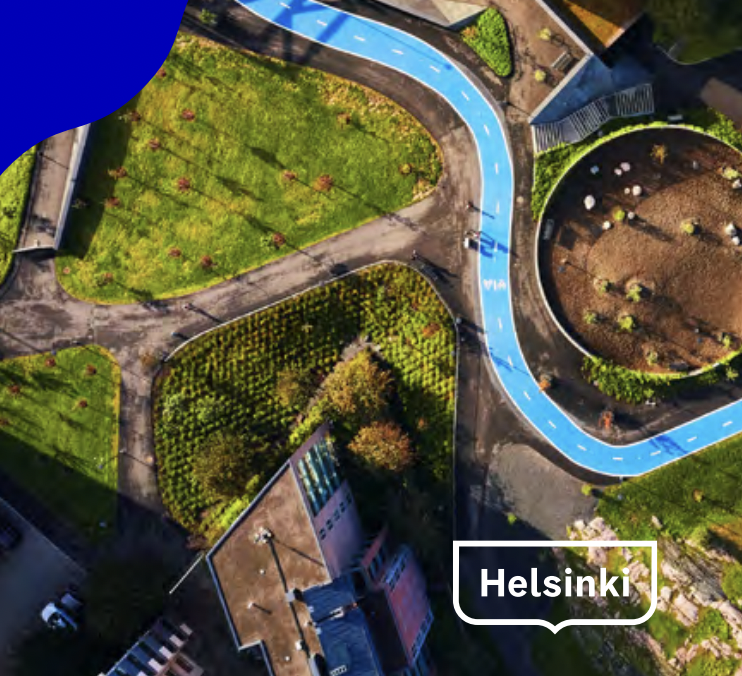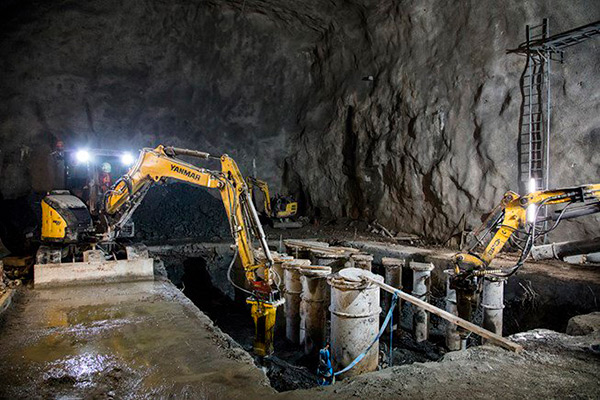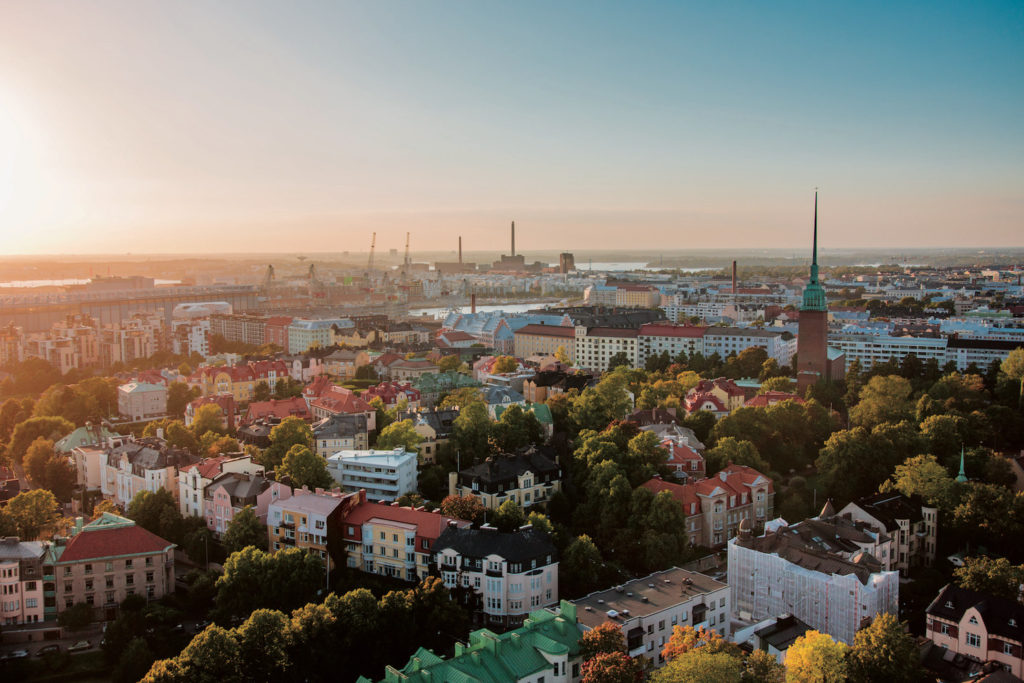The objective of the Helsinki City is to make Helsinki carbon-neutral by 2030. This goal will be achieved by reducing the greenhouse gas emissions in Helsinki by 80 percent. The remaining 20 per cent will be compensated for by Helsinki taking care of implementing emissions reductions outside the city. The City of Helsinki will also set a goal to attain carbon zero status by 2040. After that the goal will be carbon-negative future.
The City of Helsinki has updated its Carbon Neutral Helsinki Action Plan. In the updated plan, special attention has been paid to the effectiveness of the measures. The measures will be updated annually in the future. You can follow the implementation of the program’s measures and emission reductions here.
In 2022, total greenhouse gas emissions from Helsinki were about 25 percent lower than in 1990. Per capita emissions were 44 percent lower than 1990. Total energy consumption in the urban area remained unchanged despite the increase in population, which is related to improving energy efficiency. Carbon neutral energy accounted for 37% of the production in the city area.
The climate work is versatile, e.g. during 2020 the City of Helsinki:
- looked for solutions to Helsinki’s heating challenge through a competitionRegional geothermal heat solutions are promoted
- implemented climate targets for Helsinki’s building stock ambitiously
- took low-carbon principles into account in area construction
- reduces emissions from ground preparation prior to construction
- developed worksites to become emission-free
- had many development projects underway in building construction
- reduced traffic emissions by many means, and
- had a lot of projects speed up development work.
The City can promote a carbon-neutral Helsinki with various steering measures. The City can also enable, encourage and regulate emissions reductions, for example in the following manners:
- through collaboration with companies
- by offering test platforms for new low-emission trials
- by steering operations through land use planning and plot assignments
- through traffic planning, such as the promotion of bicycling and walking
- by directing construction
- through communication and interaction
- through education
- by promoting public transport
- by supporting low-emission vehicles
- through procurements and investments











